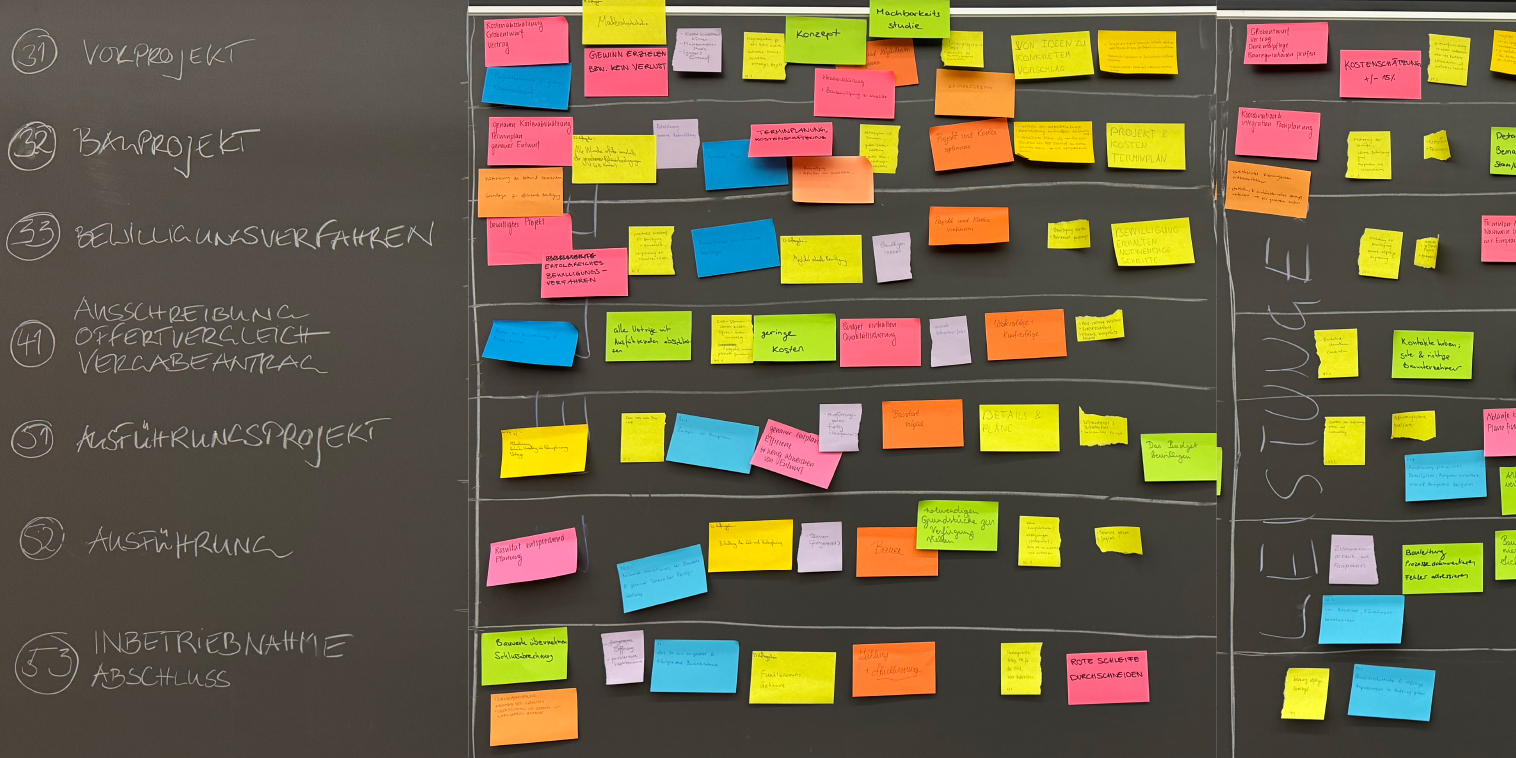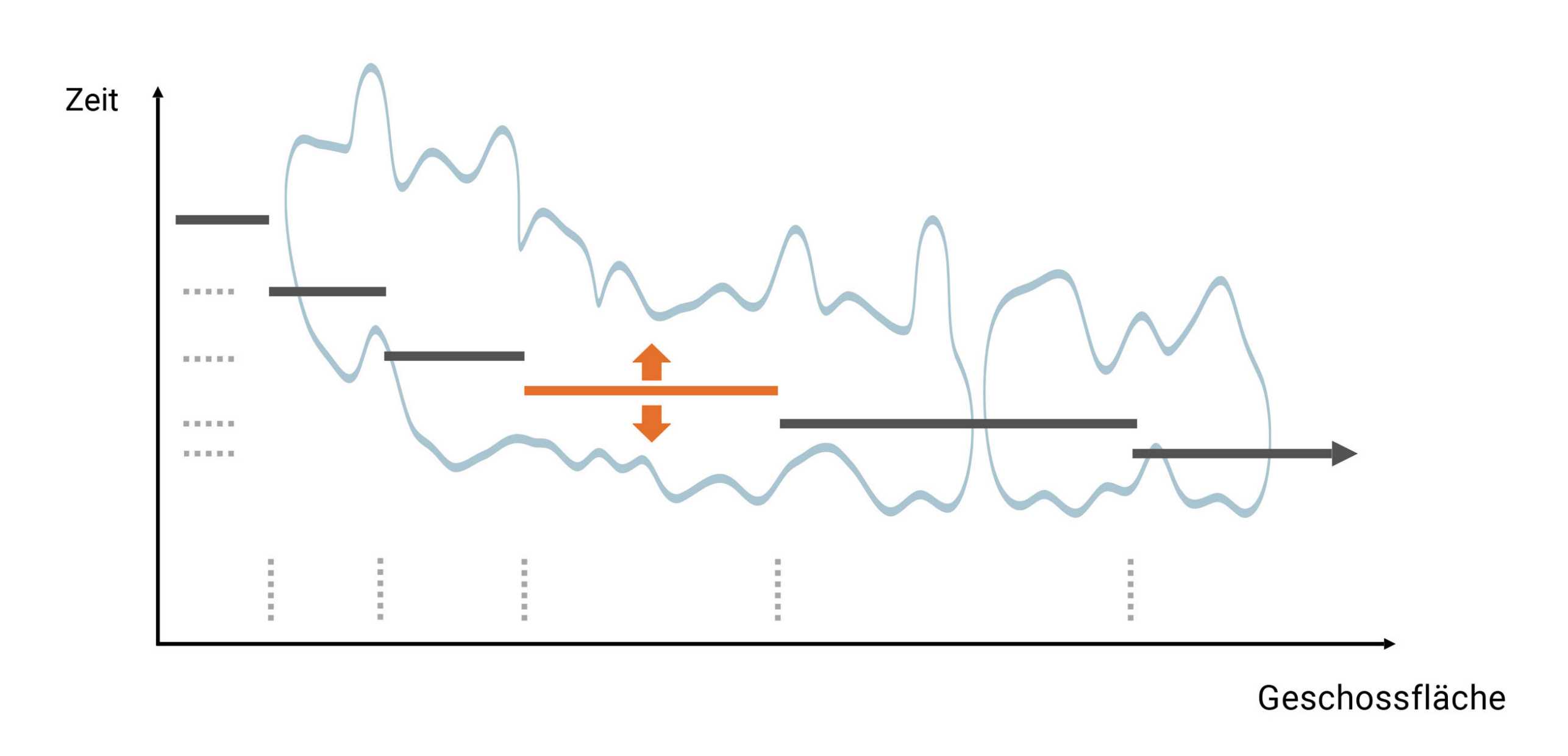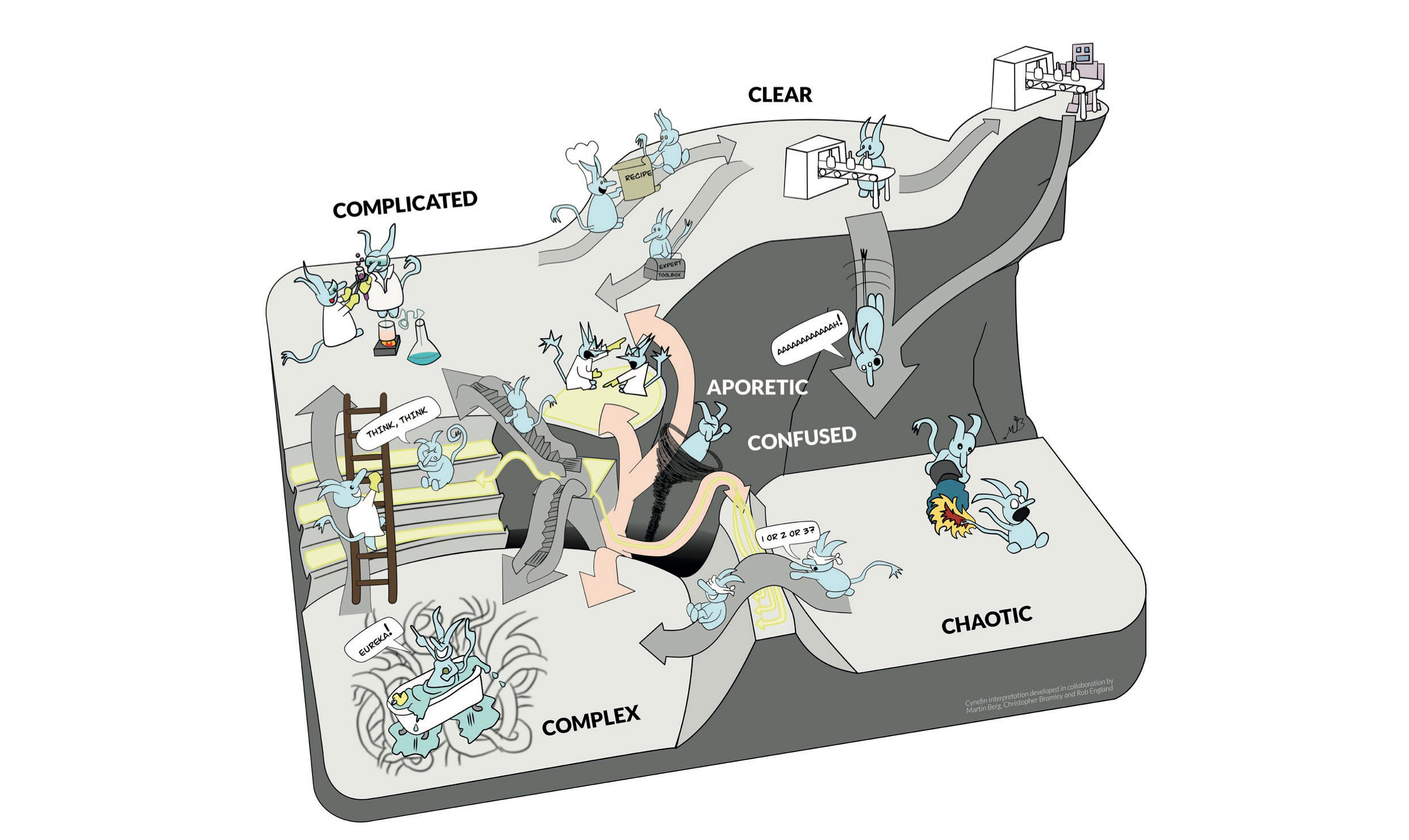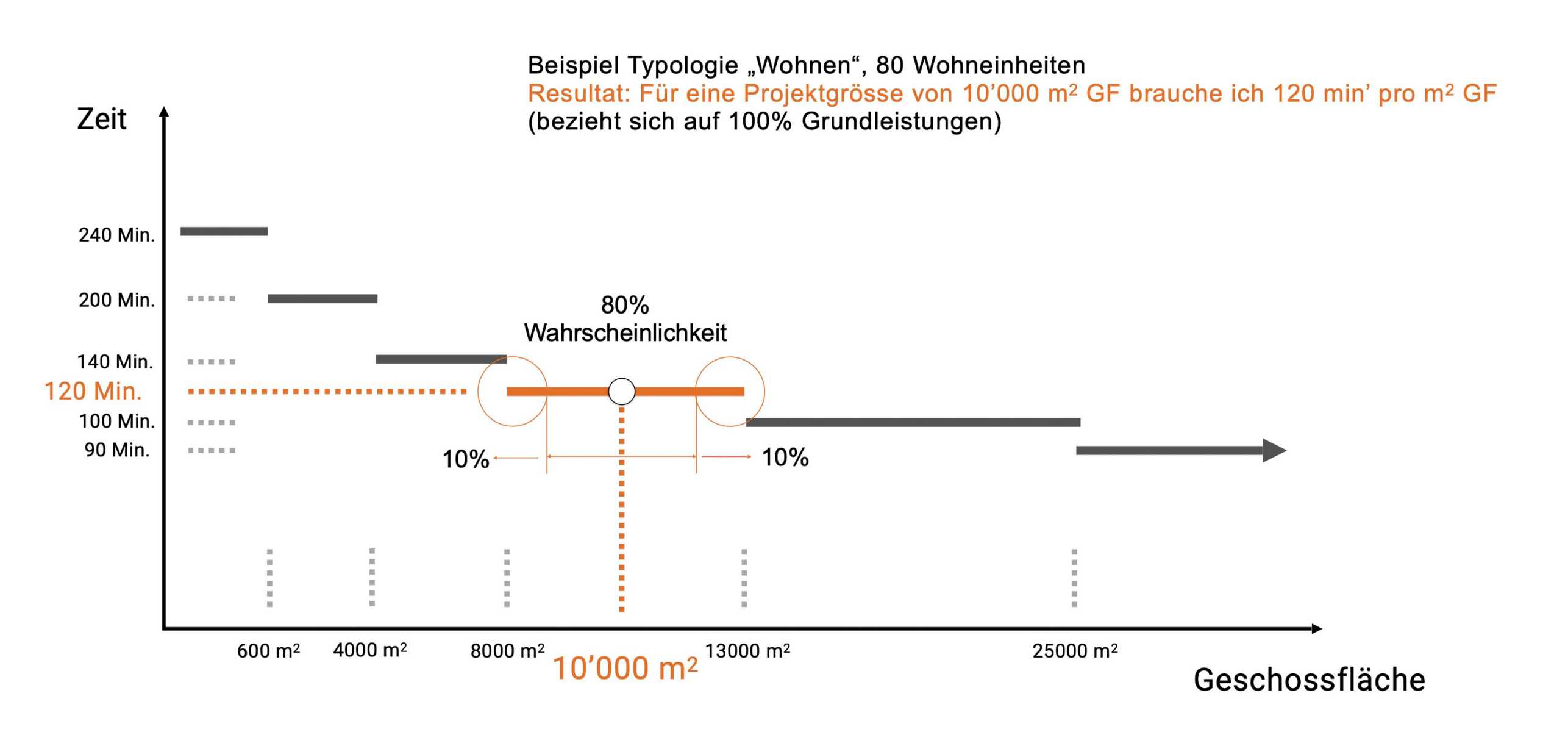Calculate planning effort in the construction industry transparently
Sacha Menz's professorship has signed a service agreement with the SIA to make the value method developed at ETH available in Switzerland. It is to be offered as an application throughout Europe.

The planning profession in Switzerland has been facing a problem since 2017. That year, the Competition Commission ruled that the fee structures of the Swiss Society of Architects and Engineers (SIA) were no longer permissible as they distorted competition. The reasoning: an association is not allowed to dictate how much its members can earn. The fact that the fees depend on the construction costs is also incomprehensible and not transparent, according to the Competition Commission. Since then, architects and engineers have lacked a central tool that they had relied on for decades to calculate their service fees.
A team of researchers at the Chair of Architecture and Building Process, led by Sacha Menz, is now filling this gap. It has developed a calculation method that is not based on construction costs, but on the number of square metres of floor space in a building project. This means that the labour input is linked to a "transparent determining variable", says Axel Paulus, senior scientist at the professorship. In addition, the figures are not given in fixed percentages as before, but in a prediction interval that covers 80 per cent of the projects.

The method is based on a sophisticated calculation that guides users step by step on a web platform. The researchers have developed basic models for the following types of use: housing & leisure, work, production, education & research, healing & care and storage. They define an initial approximate value for the effort required, which is larger or smaller depending on the scope of the project. For example, two hours per square metre for a block of flats with 100 percent professional services.
However, as architecture is not created using a slide rule, the calculation can be adjusted using complexity factors. "This goes into the depths of systems theory, which differentiates between clear, complicated, complex and chaotic tasks," Axel Paulus explains. An architect can set the organisational, technical, design and spatial challenges individually. The tool then calculates an adjustment factor for the overall project, ranging from 0.8 to 1.3, to reflect this lower or higher labour input.
The web tool differentiates between further settings, depending on the canton, organisational form, new build or conversion. In addition, the suggested values can be overridden and fine-tuned at various points. For example, if the coordination effort is particularly high because you are relying on a BIM model. At the end, the tool generates a data sheet as a PDF, on which the time required is listed in hours per phase and service area.
Adaptation for other disciplines
The tool has been available as Value app for ETH students for a few years to illustrate the calculation of expenses, labour input, and fees in teaching. It is now to be made commercially available in an adapted form. ETH Zurich has signed a contract with SIA to offer the method for architecture on the market and to adapt it for other disciplines such as civil engineering or building systems engineering. There, the calculation will relate to other variables, such as the energy reference area, tunnel metres, spans or water flow. A beta version of the tool for architecture will be available to SIA members from 2025. The plan is for other disciplines to follow at a later date.
"The Competition Commission has approved the value method in principle," says Axel Paulus. It just doesn't allow an hourly rate to be defined. However, an architecture firm can use the tool to calculate the time-effort and then use a few basic details about the office, such as overheads or chargeable hours, to determine the cost price per hour. Construction costs have risen in recent years. "Basic services provide a fairly static foundation, so today’s labour input is often lower than with the old, construction-cost-based method,” says Paulus. “But the hourly rate is higher – partly due to economic shifts.” Many offices don’t track hours effectively, so their calculations rely on figures that are presumably unrealistic.
The aim is to offer the value method in other European countries as well. The previous methods are no longer authorised in many nations for competitive reasons. The professorship has signed a contract with the Luxembourg Chamber of Architects and Engineers, where the method is to be available from this year. Initial discussions have also taken place with associations in Germany, Austria, France, Italy, England and Canada.
Convincing the industry of the value method will take time. "The main problem is change management in our own minds," says Axel Paulus. "Many are afraid to base business-critical calculations on a new principle after such a long time." It is however not just the Comptetition Commission's view that speaks in favour of the new method. Its calculation is also more transparent because the fee no longer depends on the construction costs. A more expensive material does not automatically lead to more planning work. On the contrary: the costs tend to be higher for particularly efficient and economical constructions. The new method takes this fact into account.

A website by the Chair of Architecture and Building Process explains the Value Method in detail with a video description.

